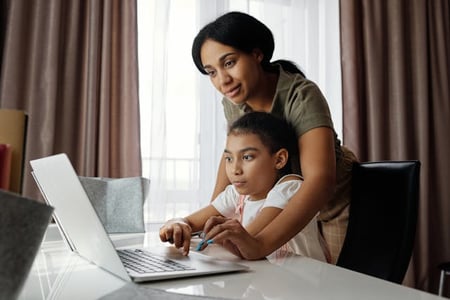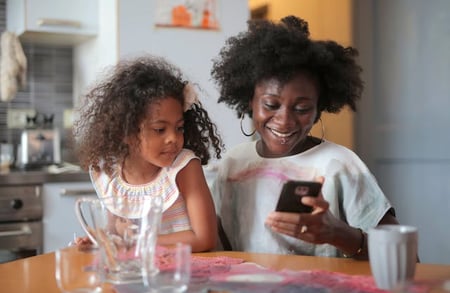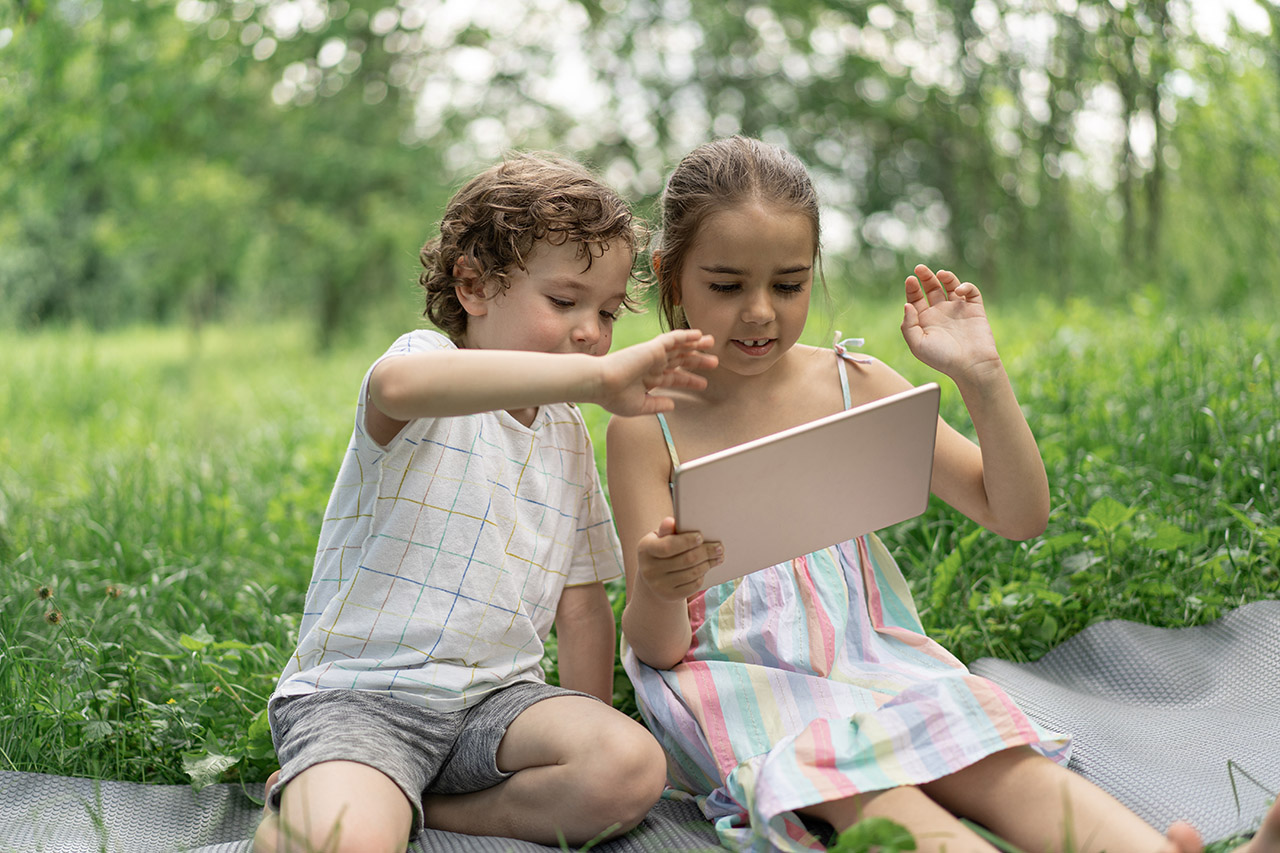In an age where digital landscapes dominate, the dialogue around children's technology use has become increasingly complex. As guardians of the next generation's well-being and development, it's imperative to strike a delicate balance that harnesses the educational and social benefits of technology, while also safeguarding against its potential pitfalls. This comprehensive exploration offers insights and strategies for parents, educators, and caregivers committed to navigating this challenge effectively.
Understanding the Impact of Technology on Children
Technology's imprint on the developing child is multifaceted, influencing cognitive growth, social capabilities, emotional health, and physical well-being. Positively, it offers unparalleled access to educational resources, fosters creativity, and can enhance communication skills through social media and collaborative platforms. However, unchecked digital consumption risks impairing attention, disrupting sleep, fostering sedentary lifestyles, and exposing children to inappropriate content.
Recognising the nuanced implications of technology, it becomes clear that the goal isn't to eliminate digital use but to cultivate a mindful and moderated approach.
 Recognising the Signs of Excessive Technology Use
Recognising the Signs of Excessive Technology Use
Vigilance is key in detecting when technology use may be veering into excess. Signs of concern include a noticeable disinterest in real-world activities, emotional disturbances linked to online interactions or content, sleep irregularities, and a decline in academic engagement or performance. These indicators signal a need for immediate reassessment of digital habits and the implementation of corrective measures.
Establishing Guidelines for Technology Use For Children
Guidelines should be adaptive, reflecting the child's evolving needs, developmental stage, and the ever-changing digital landscape. They should aim to integrate technology in a manner that supports educational objectives, fosters healthy relationships, and encourages physical activity. Crucial to this is the establishment of boundaries that ensure technology enhances rather than detracts from key areas of a child's life.
The Role of Screen Time in Child Development
Screen time, while a useful metric, only partially captures the complexity of digital engagement. The focus should shift towards the quality of content and the context of technology use. Educational screen time, when interactive and thoughtfully chosen, can be a valuable complement to traditional learning methods. Conversely, passive consumption, especially before bedtime, can be detrimental to sleep quality and overall health.
 Strategies for Balancing Technology Use
Strategies for Balancing Technology Use
Create a Family Media Plan
A family media plan is a collaborative tool that encourages dialogue and agreement on digital use within the household. It helps delineate clear expectations and fosters a sense of accountability among all family members. This plan can include designated screen-free times, agreed-upon digital activities, and guidelines for online safety and privacy.
Promote Digital Literacy
In the digital age, literacy extends beyond reading and writing to include a critical understanding of digital content and platforms. Teaching children to critically evaluate online information, understand the permanence of digital footprints, and navigate online spaces safely is crucial for their long-term well-being.
Encourage Other Interests
A balanced life is a rich tapestry of experiences. Encouraging children to explore interests outside the digital domain—be it sports, arts, reading, or outdoor activities—promotes a well-rounded development and helps mitigate the risks of excessive screen time.
Lead by Example
Children are astute observers of adult behavior. Demonstrating healthy technology use, such as refraining from screens during meals and prioritising face-to-face interactions, sets a powerful precedent. Adult practices can profoundly influence children's attitudes and behaviors towards technology.
Use Technology Together
Engaging with technology alongside children can offer valuable teaching moments about digital citizenship and online safety. It also provides a window into their digital interests and challenges, facilitating open conversations and shared experiences.
 Implementing Tech-Free Zones and Times
Implementing Tech-Free Zones and Times
Tech-free zones and times foster opportunities for family bonding, creativity, and relaxation. Establishing routines that prioritise screen-free activities can help children develop healthier relationships with technology, emphasizing its role as a tool rather than a necessity.
Navigating Challenges and Resistance
Adapting to new technology guidelines can be met with resistance. Open, empathetic communication is essential in addressing concerns and reinforcing the rationale behind digital boundaries. Framing restrictions within the context of care and safety, rather than control, can facilitate smoother transitions and greater adherence.
Monitoring and Adjusting Strategies
The digital landscape is perpetually evolving, and so too should our strategies for managing technology use. Regular check-ins and open discussions about digital habits encourage ongoing refinement of guidelines to suit changing needs and circumstances.
Conclusion
Achieving balance in children's technology use is an ongoing journey of negotiation, education, and adjustment. By fostering an environment that values mindful engagement with digital devices, we can equip our children with the skills to navigate the digital world responsibly and healthily.
FAQs
Q1: At what age is it appropriate to introduce technology to children?
The "right" age varies, depending on developmental readiness and family values. However, introducing technology with educational content in a controlled, interactive manner can be beneficial from an early age, provided it's closely monitored.
Q2: How can I effectively monitor my child's online activities?
Utilise parental controls and monitoring tools, but also engage in regular conversations about digital experiences and encourage open sharing about online activities.
Q3: What should I do if I suspect my child is being cyberbullied?
Open a dialogue with your child to understand the situation, reassure them of your support, and take appropriate action, which may include contacting the school, the platform, or, in severe cases, law enforcement.
Q4: How can technology use impact a child's sleep?
Exposure to screens, especially before bedtime, can disrupt sleep patterns due to blue light emission and mental stimulation. Encouraging a screen-free period before sleep can help mitigate this impact.
Q5: Can technology use affect a child's social skills?
While technology provides new avenues for socialisation, excessive use can detract from face-to-face interactions, potentially impacting the development of social skills. Balancing online interactions with real-world experiences is key.
To learn more about which area of your child's life needs the most support, take our Breakthrough Area Assessment now by clicking the link below.


